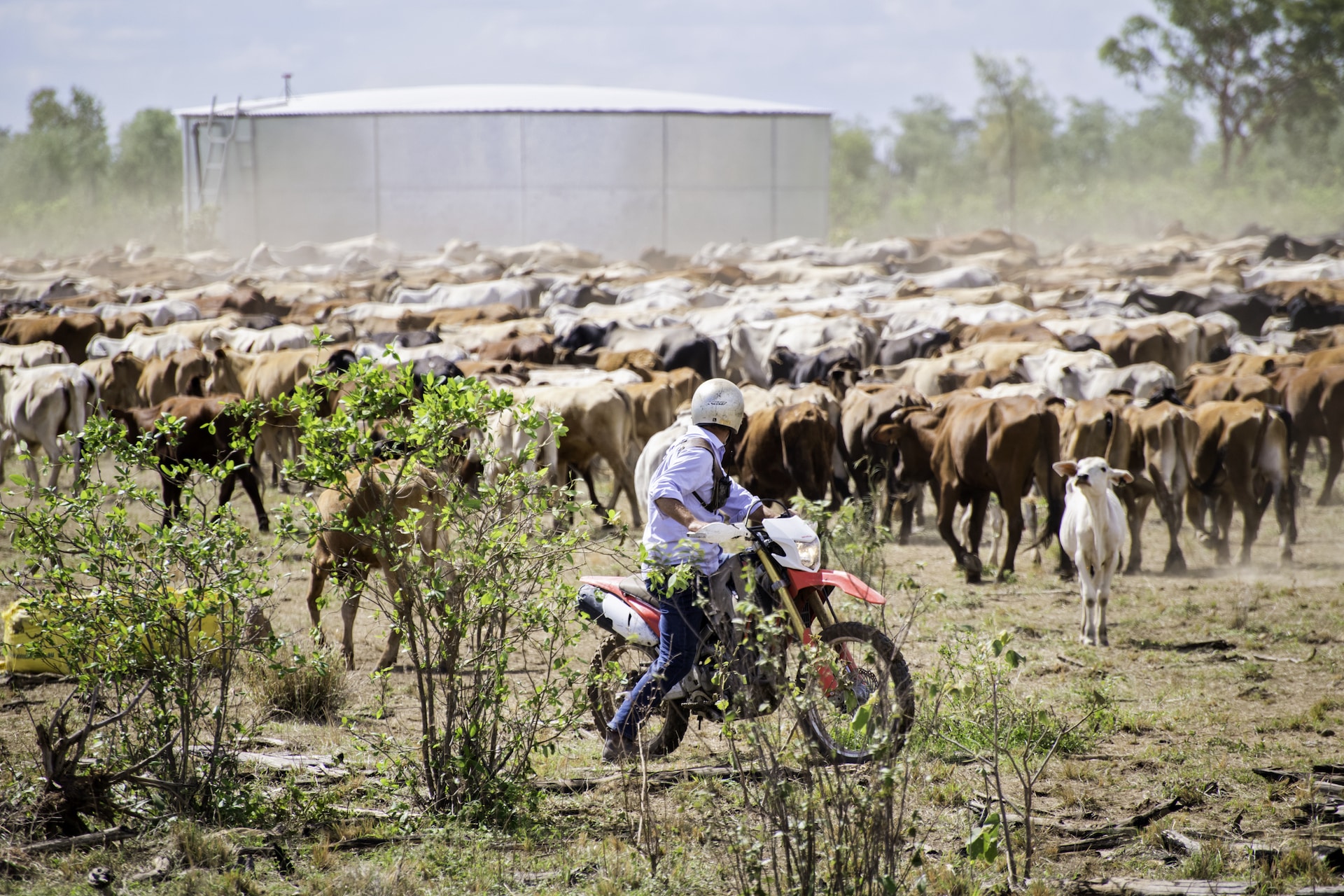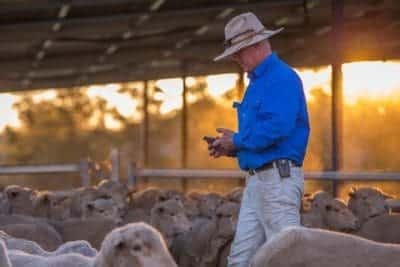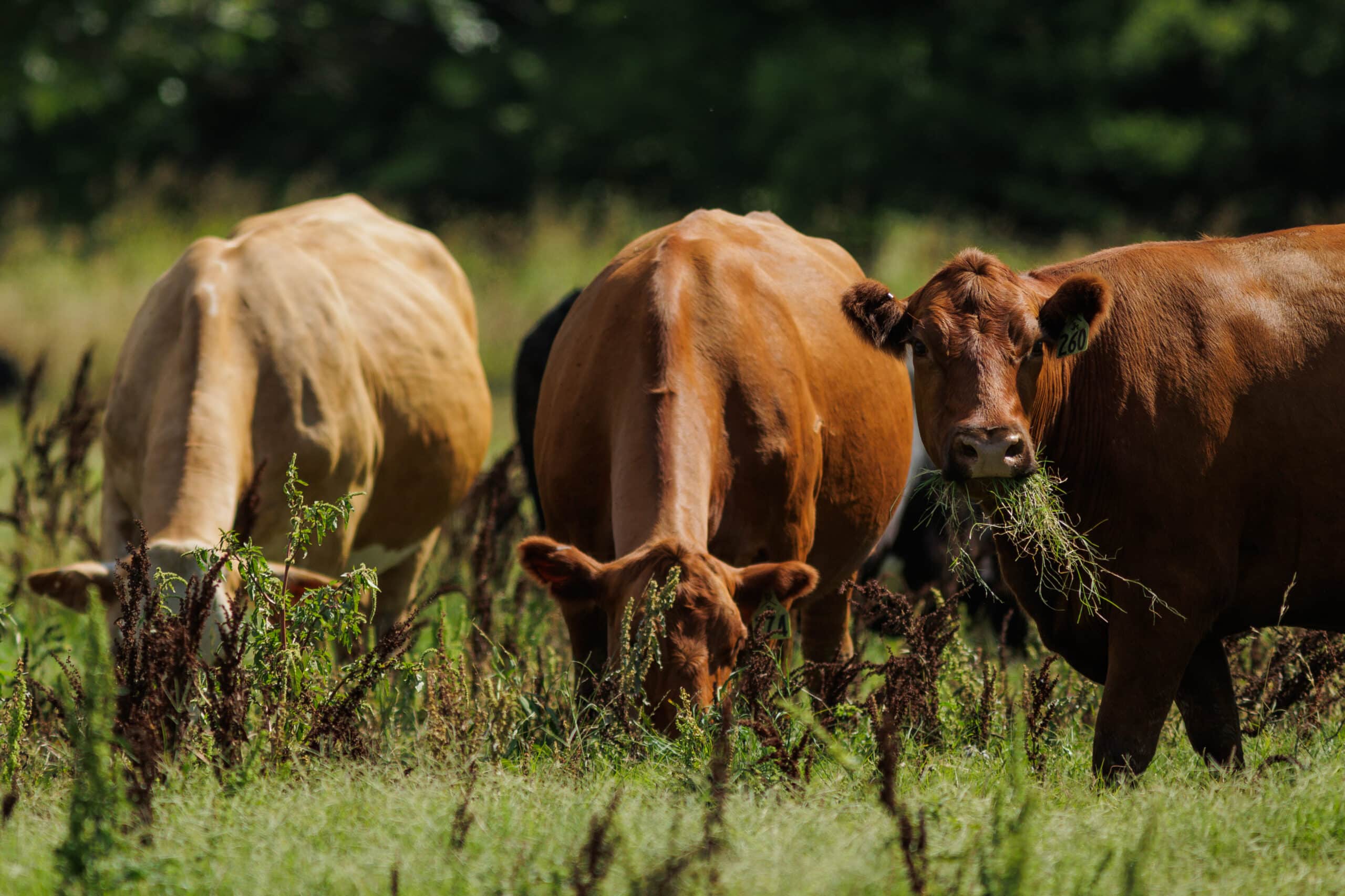Should we PD our cows now?
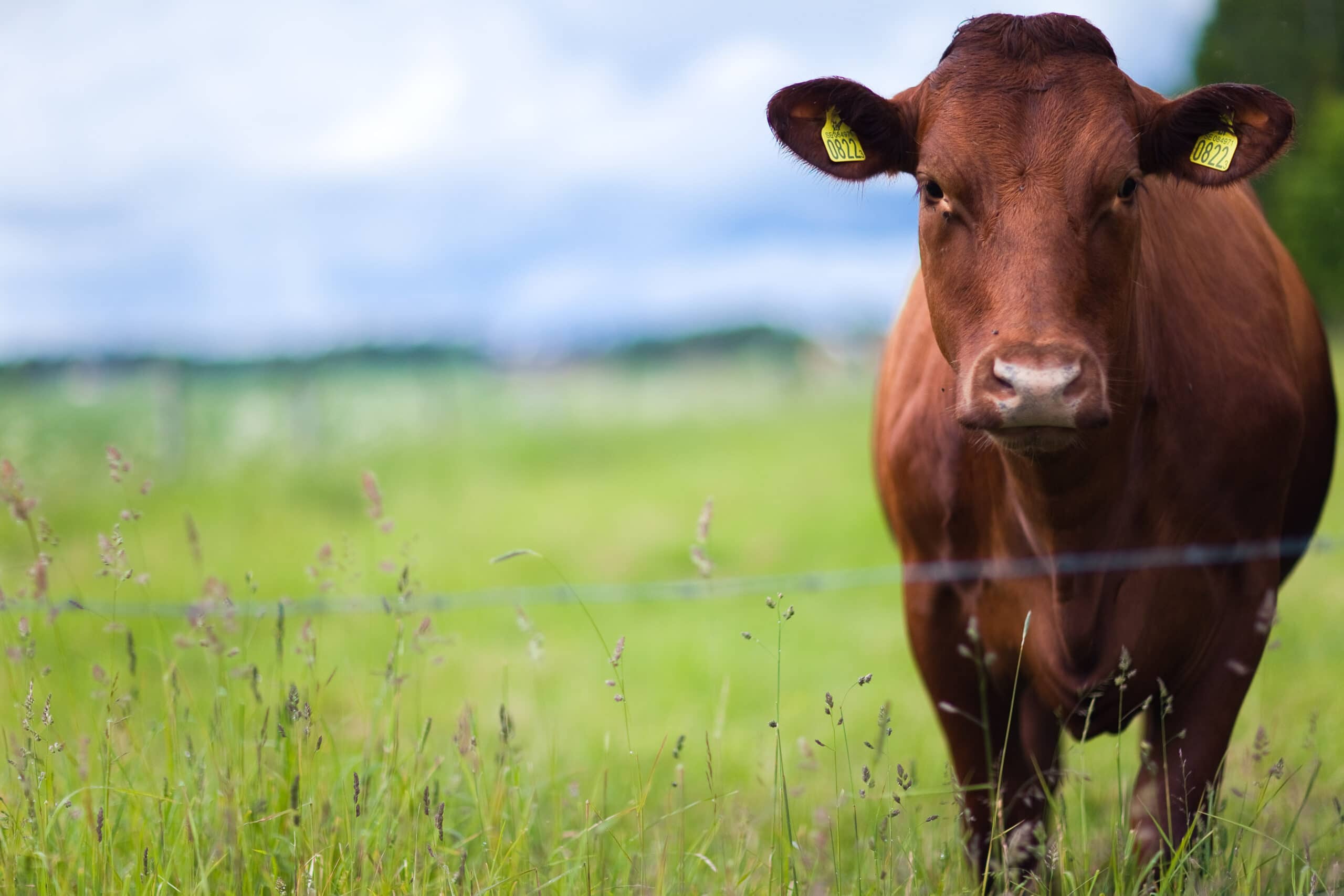
A view from the field of… Sophie Whitten
The other day we sat around the table at morning tea, discussing whether to PD cattle (pregnancy diagnosis) at the moment, or just wait until later in the year.
Why pregnancy test them now? We think we are fairly up to date with the fertility of the cattle, although there is a new bull that arrived last year, so he is largely untested.
We also have a lot going on. The to-do list keeps getting longer and we are aware of the increasing costs facing our farm. Avoiding PD testing now saves a cost, albeit temporary, after all.
Then we took a step back and reminded ourselves of why we might want to PD cattle now. And it came down to answering one question. Is not pregnancy testing cows now really saving a cost? Or more, if we don’t PD our cattle now, will it actually cost more in the future?
Things to consider:
-
- How do we intelligently improve grazing management if we don’t know who is in calf or not?
-
- What is we want to sell cattle later in the year?We need to know if they are in calf, so we know how to sell them (in-calf or certified as not in calf)
-
- If we wait, it is harder to identify any fertility challenges. We might not make our target for calves
-
- We want to ensure the welfare of the cow as she approaches her due date
-
- You can plan better. We ensure other big jobs on the farm are not done in the middle of calving. This way we are around more to monitor our cows and intervene where necessary.
Pregnancy testing your herd gives you the power to make informed decisions much earlier in the production cycle. It means you aren’t wasting valuable feed on cows that won’t be calving. But that’s just one of the gains. However, deciding to PD cattle is just the start; when and how is best to test?
When should you PD cattle?
The best time to pregnancy test varies, depending on the type of testing you use and the production system you run. It makes most sense to do this when your cattle are gathering, i.e. for weaning.
The information you want to gain from testing – whether it’s simply pregnancy status or a predicted calving date – will also influence the timing. It pays to talk to your veterinarian about the services they offer. This is especially in relation to foetal ageing, when deciding the best time to pregnancy test your cattle.
Types of pregnancy tests
Palpation
Rectal palpation – checking a cow’s reproductive tract through the rectal wall – is the simplest form of pregnancy testing. It is usually done by a vet. Producers can learn the technique themselves. However, a skilled operator can diagnose pregnancy as early as 35 days and age the foetus to within two weeks for up to 65 days. Of course, it is hard to detect if a heifer or cow is carrying twins or there are any issues with this method.
Ultrasound
Vets tend to perform these tests. For an ultrasound pregnancy scan, the vet inserts a probe into the cow’s rectum and scans the embryo with sound-waves to produce a black and white image of the foetus. Pregnancy might be detected as early as 20 days. However, testing so soon is risky; the procedure is done more safely 28 days after conception and a lot of people aim for around the six-week mark. Late in pregnancy, the technique is less reliable than rectal palpation. Many vets will use ultrasound and, if a cow appears empty, confirm the diagnosis through palpation.
Laboratory Testing
There is a range of milk and blood tests available for pregnancy diagnosis, generally more popular in the dairy industry. They have a variety of detection windows and differing guarantees regarding accuracy. The tests detect pregnancy-related gylcoproteins (PAGs), that only are detectable if there is an embryo or foetus. Some labs, for example, offer testing options as early as 28 days post-breeding.
While these tests are less invasive than other methods, they won’t detect problems with a foetus or a cow, or predict calving date. There is also the inconvenience of waiting for results, which means you can’t draft cattle on the spot according to their diagnosis.
Prepare for returning to heat
In the same way understanding cattle failing to return to heat (and therefore are probably pregnant), an essential part of your fertility management plan is detecting the next heat of those cattle not pregnant. That way you can maximise the chances of them getting pregnant as soon as possible. Understanding if your cow has a non-return to oestrus, can give you a cheap way of knowing if your cattle are in calf. It doesn’t, however, identify any issues with the cow or foetus.
Recording pregnancy test results
Obviously you need to record the results and for some that is using good old pen and paper. However, we found using a livestock management app to do this is really handy. We easily input the results of the testing and link the records to the cow and the sire. Over time, we can start to build a full-picture of the cow: how many calves has she had, did the calving need any intervention? Did the calf stand up and suck quickly or need help with this? Did any calves not survive? What was the milk supply like? All of this we combine with joining, marking and weaning records too.
Recording all of these types of observations helps us make informed choices about whether we keep the cow, sell her on or cull her. It helps us be a bit more objective about our decision making and less emotional – as much as we love our herd. It also means that we can plan ahead. Knowing when we might sell a cow and then plan from a cash-flow perspective. And it is so much easier to have this stored digitally and with a life-time history of each animal, so we can easily review and decide what’s next.
By generating Fertility Reports on a farm management app, we can track how we are performing throughout the year and even more importantly year-on-year. We always aim to increase our calf numbers and ensure the cow and the calf have an easy and successful calving. It really can help us understand how we are operating as a business.
How can I record the PD results?
Not using AgriWebb yet? Sign up for a free trial here.
Need some help generating Fertility Reports? Try this helpful source.
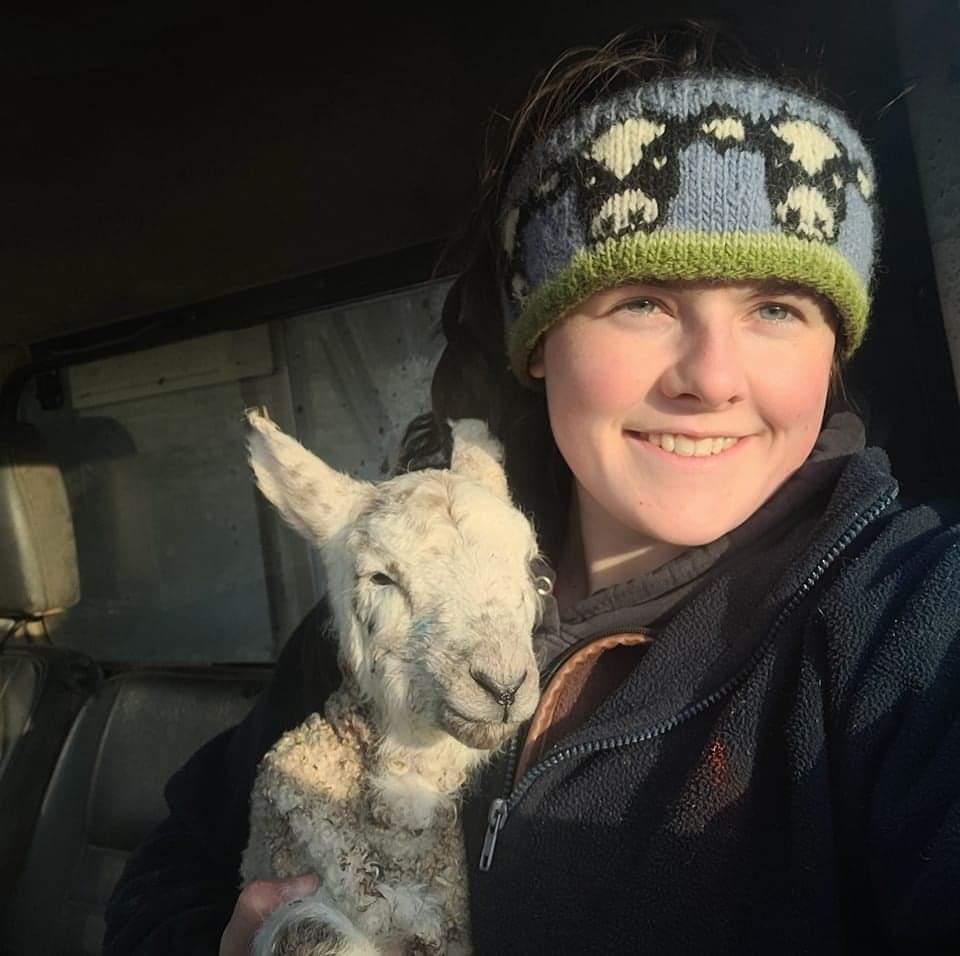
Sophie works on the family cattle and sheep farm near Berwick-upon-Tweed in north Northumberland. She was recently included in the ‘Daughters of the Soil: The Women Behind Agriculture’ exhibition by award-winning photographer Joanna Coates. She is Chairperson of the Berwick YFC.
